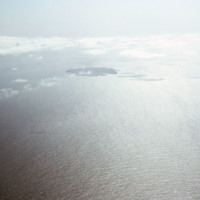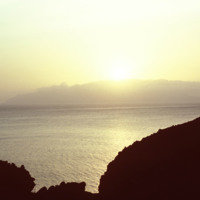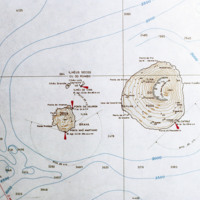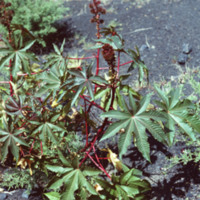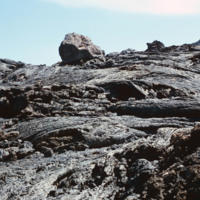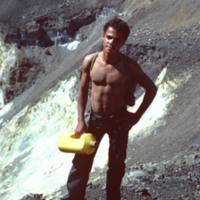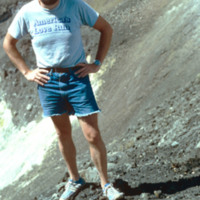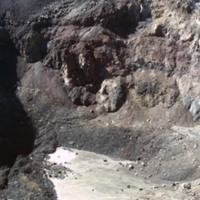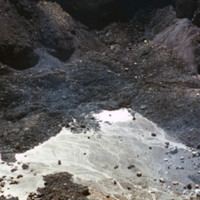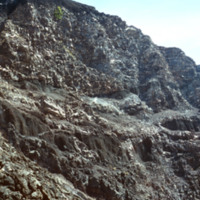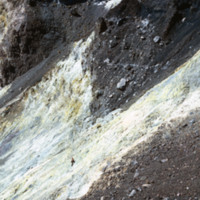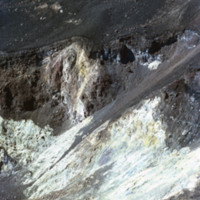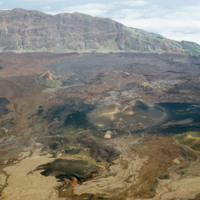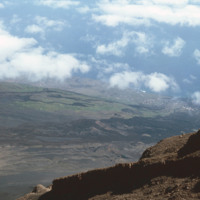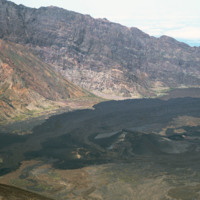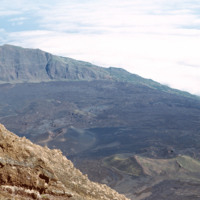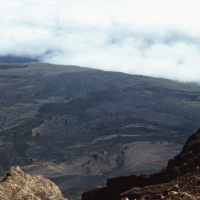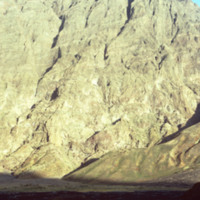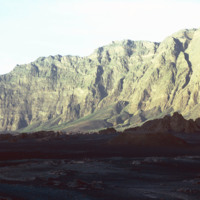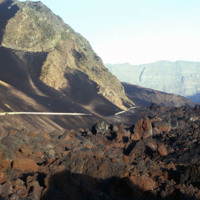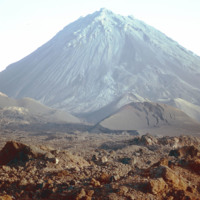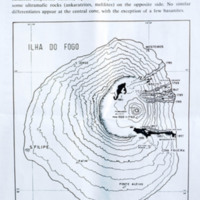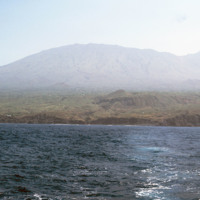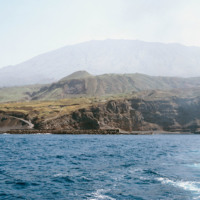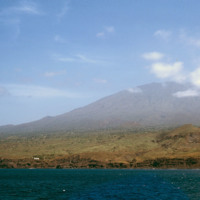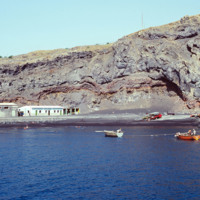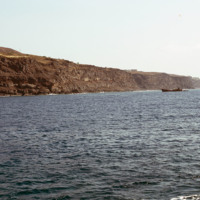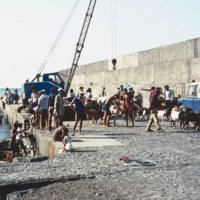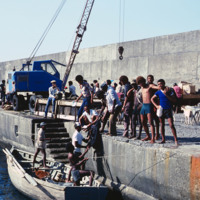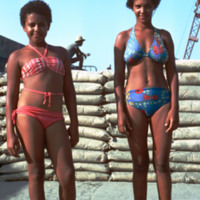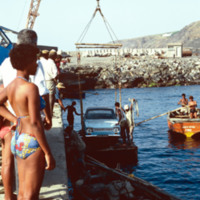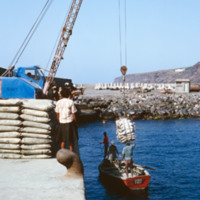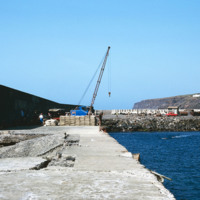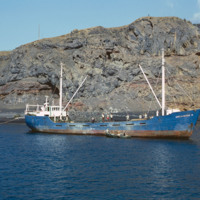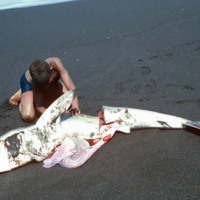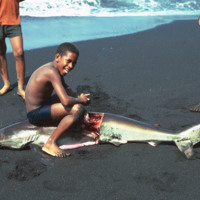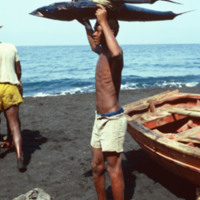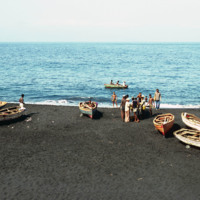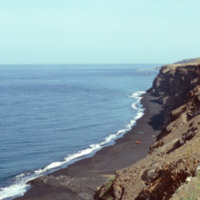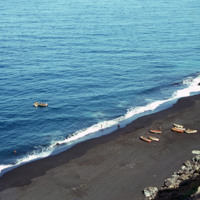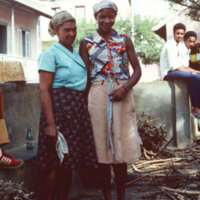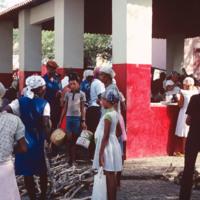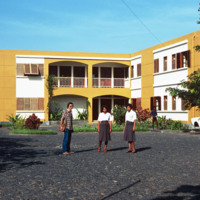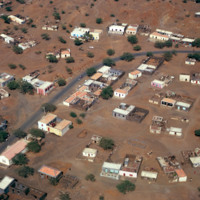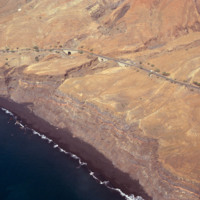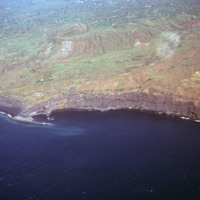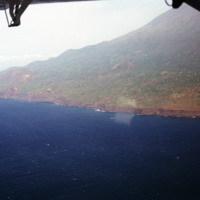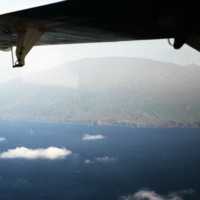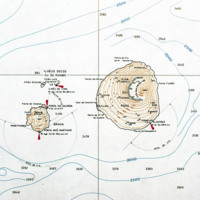Browse Items (49 total)
- Tags: fogo
Fogo & The Ilhéus do Rombo, Aerial Photograph
Vegetation on Pico do Fogo
Tags: fogo, mineral deposits, vegetation, volcano
Pico do Fogo, Recent Lava Flows
Tags: fogo, lava flows, pico do fogo, volcanic rock, volcano
Guide to Pico do Fogo
Tags: david baxter, dormant, fogo, guide, pico do fogo, volcanic rock, volcano
David Baxter in Pico do Fogo
Tags: david baxter, dormant, fogo, pico do fogo, volcanic rock, volcano
Inside Pico do Fogo, Dormant Volcano (4)
Tags: dormant, fogo, pico do fogo, volcanic rock, volcano
Inside Pico do Fogo, Dormant Volcano (3)
Tags: dormant, fogo, pico do fogo, volcanic rock, volcano
Inside Pico do Fogo, Dormant Volcano (2)
Tags: dormant, fogo, pico do fogo, volcanic rock, volcano
Inside Pico do Fogo, Dormant Volcano (1)
Tags: dormant, fogo, pico do fogo, volcanic rock, volcano
Pico do Fogo
Tags: fogo, landscape, mountain, São Felipe, volcanic rock, volcano
From Pico do Fogo
Tags: aerial, clouds, fogo, island, peak, São Felipe, volcanic rock, volcano
Crater from top of Pico do Fogo
Tags: crater, fogo, São Felipe, volcanic rock, volcano
Pico do Fogo
Tags: clouds, fogo, mountain top, peak, pico do fogo, São Felipe, volcanic rock
Pico do Fogo
Tags: cliffs, fogo, mountain, pico do fogo, São Felipe, volcanic rock
Pico do Fogo
Tags: cliffs, crater, fogo, landscape, mountain, pico do fogo, São Felipe, volcanic rock, volcano
Terrain surrounding Pico de Fogo
Tags: fogo, mountain, Pico de Fogo, São Felipe, terrain, volcano
Pico de Fogo
Tags: fogo, mountain, Pico de Fogo, São Felipe, terrain, volcano
Pico do Fogo
Tags: fogo, island, offshore, pico do fogo, volcanic rock, volcano
Fogo & Porto de Vale de Cavaleiros
Tags: fogo, offshore, port, volcanic rock, volcano
Pico do Fogo Seen From Ocean
Tags: fogo, landscape, pico do fogo, volcano
Porto de Vale de Cavaleiros
Tags: cargo, commerce, fogo, port, São Felipe, transportation
Offshore view of Fogo
Tags: fogo, island, ocean, waterfront
Docks at Porto de Vale de Cavaleiros
Tags: commerce, docks, fogo, São Felipe, transportation
Porto de Vale de Cavaleiros
Tags: commerce, docks, fogo, São Felipe, transportation
Young Women at Porto de Vale de Cavaleiros
Tags: dock, fogo, portrait, São Felipe
Docks, Porto de Vale de Cavaleiros
Tags: cargo, fogo, São Felipe, shipment, transportation
Cargo Moved by Crane
Tags: boat, cargo, crane, dock, fogo, industry, port, São Felipe, vessel, wooden boat
Commercial Vessel, Docked
Tags: coastline, commercial, dock, fishing vessels, fogo, harbor, port, São Felipe, ships, waterfront
Gutting a Shark
Young Man with Shark
Tags: beach, fish gutting, fishermen, fishing, fogo, industry, São Felipe, shark, shore
Fishermen on Shore Near São Felipe
Tags: beach, black sand, coastline, fishing, fishing vessels, fogo, industry, São Felipe, shore, waterfront
Fogo Cliffs
Tags: beaches, black sand, cliffs, coastline, fogo, ocean, São Felipe, shore, waterfront
Beach Near São Felipe
Tags: beach, fishermen, fishing vessels, fogo, industry, ocean, São Felipe, waterfront
Residents of São Felipe
Tags: commerce, fogo, portrait, production, residents, São Felipe, women
Marketplace in São Felipe
Tags: commerce, fogo, market, São Felipe
Apartment Complex in São Felipe
Tags: apartment, architecture, city life, dwelling, fogo, São Felipe
Fogo: São Felipe, Aerial View
Tags: aerial, dwellings, fogo, São Felipe, terracotta, town, village
Fogo, Aerial, Coastline and Bridges
Tags: bridges, coastal road, fogo, road, roads, São Felipe, transportation, waterfront
Fogo Coastline, Sea Port; Aerial View
Tags: aerial, fogo, harbor, port, protection wall, São Felipe, sea port
Fogo, Aerial View
Tags: aerial, fogo, pico do fogo, volcano
Fogo, Aerial View
Map of Fogo and Brava
Tags: brava, Contour Map, fogo, Fogo & Brava, map, pico do fogo, volcano
